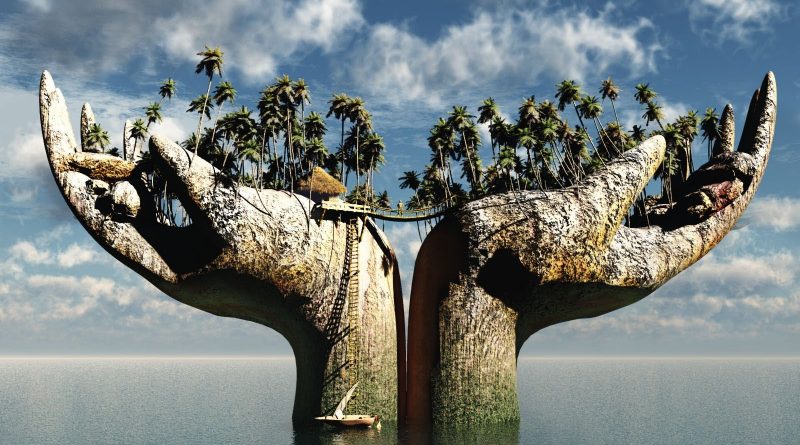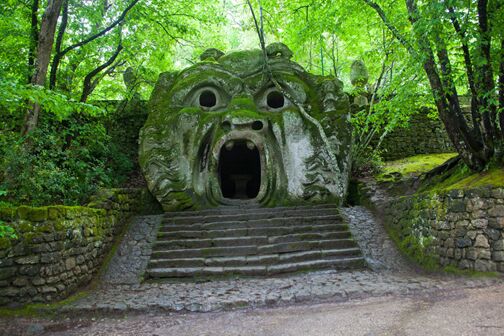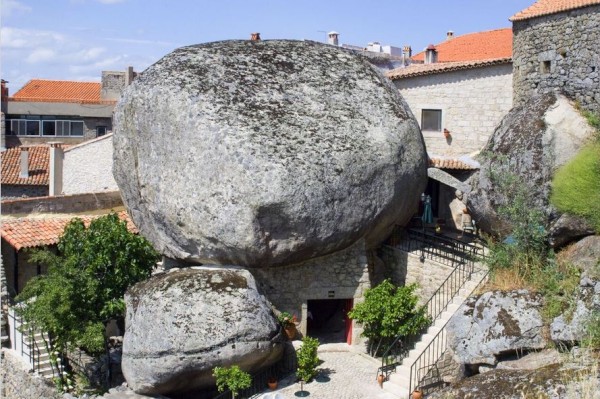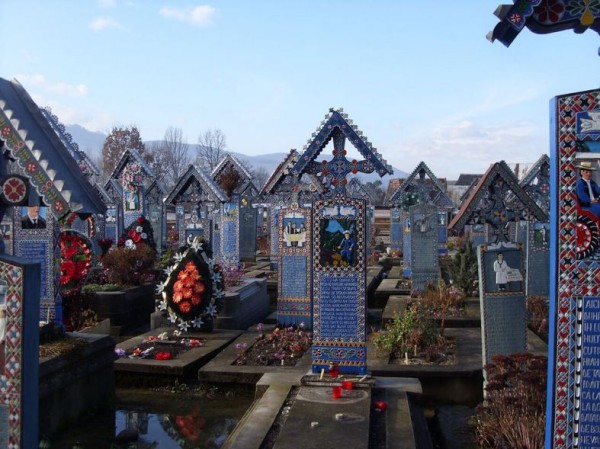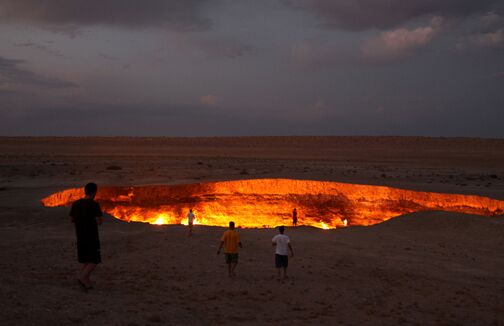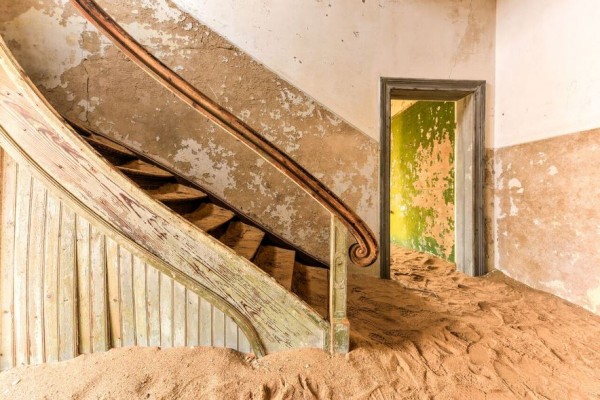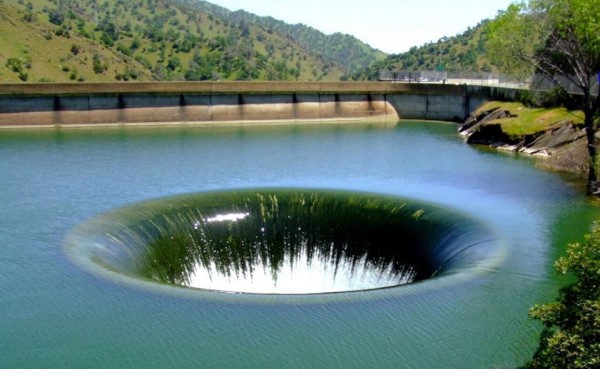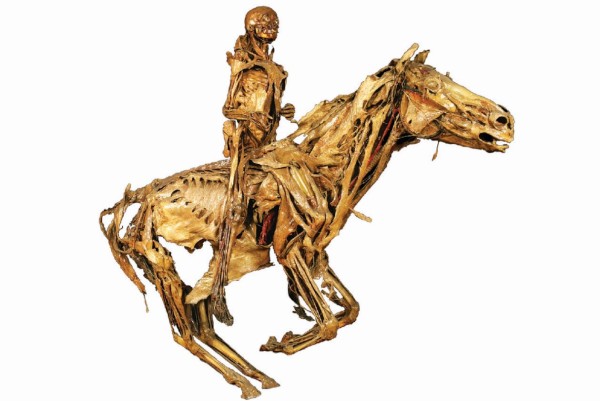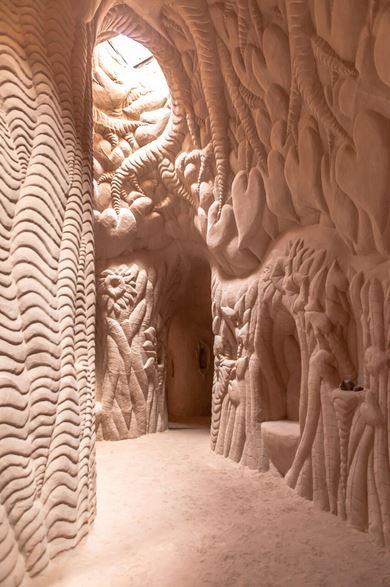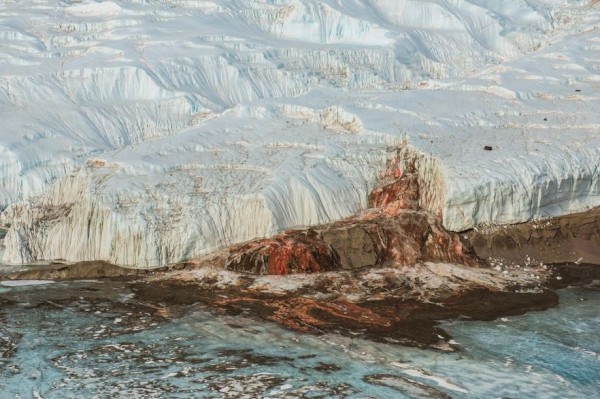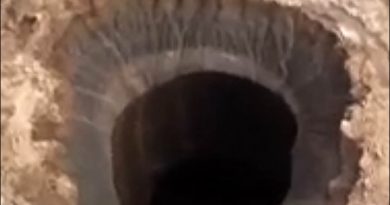Top 10 Strange Mysterious & Weird Places on Earth
Hand picked Top 10 Strange Mysterious & Weird Places on Earth from Atlas Obscura
1. Maunsell Army Sea Forts, England
Standing on stilts in the waters of the Thames Estuary east of London are the rust-tinged remains of sea forts built to deter German air raids during World War II. Decommissioned after the war, the forts played host to a band of pirate radio operators before the British government cracked down on offshore broadcasting and drove them all out. Now the forts stand silent, looking as if an army of clanging, rambunctious robots decided to stage an invasion from the sea, then stalled on approach.
2. Park of the Monsters, Italy
For an unconventional picnicking option, you could always take lunch inside a giant ogre head sculpted by a grief-stricken prince. Just walk into the screaming stone mouth and take a seat at the table.
The anguished monster is among many disturbing sculptures at the Parco del Mostri, or Park of the Monsters, in Bomarzo. Italia prince Pier Francesco Orsini created the park during the 16th century after enduring war, witnessing the death of a dear friend, then returning home only to see his wife perish, too. Thrown into chaos by this chain of events, the prince channeled his anguish into violent, unsettling sculptures, including a war elephant attacking a soldier, two giants ripping one another apart, and the aforementioned screaming ogre.
3. Monsanto, Portugal
It is possible to live in great comfort beneath a moss-covered rock. The residents of Monsanto know this for certain—their homes are built under, over, and around the big boulders on the mountain that houses the 16th-century village.
4. Merry Cemetery, Romania
Death need not be dour. At this cemetery, the headstones are hilarious. Each of the 600 blue grave markers is inscribed with an amusing anecdote from the life of the person buried beneath—and, often, the details of their demise, accompanied by a cheery illustration. The frank epigraphs and bright colors make a refreshing change from the usual graveyard greys.
5. Door to Hell, Turkmenistan
You haven’t truly lived until you’ve trekked to the giant flaming hole in the Karakum Desert. Turkmenistan’s 200-foot-wide “Door to Hell” crater has been aflame since 1971.Soviet geologists seeking natural gas accidentally burrowed into an underground cavern, causing the ground to collapse and their drilling rig to fall in. Mindful of potential explosions, the geologists set the hole on fire, expecting the conflagration to die down shortly thereafter. Forty-five years later, the flames still rise.
6. Kolmanskop, Namibia
In the 1920s, Kolmanskop, then located in the colony of German South-West Africa, was a town full of Teutonic diamond miners. Following a slump in gem sales during World War I, and the discovery of a superior diamond source further south, the outpost was abandoned. Now, Kolmanskop is a sun-bleached ghost town slowly being overrun by the desert. Squiggles in the sand reveal the presence of snakes.
7. Monticello Dam Spillway, California
Lakes, as a rule, are not equipped with giant plughole that suck water down into some cavernous unseen drain. And yet, when heavy rain puts Napa’s Monticello Dam at full capacity, just such a hole appears, creating a perfectly round, perfectly odd dip in the smooth surface of the water.
The 72-foot-wide drain, officially known as the Morning Glory spillway, clears excess water at a rate of up to 362,000 gallons per second.
8. Musée Fragonard, France
Centuries before the Bodies exhibit turned corpse plastination into mainstream entertainment, a Frenchman by the name of Honoré Fragonard was experimenting with a DIY version. In the 1760s, Fragonard, a professor at Lyon’s first veterinary school, began skinning and preserving animals, then moved onto humans. At first he intended for the preserved bodies to serve as purely educational tools, but his flair for the theatrical got the better of him. Soon he was positioning flayed, desiccated corpses in attention-getting poses—a man astride a horse; fetuses dancing a jig.
The locals did not respond with enthusiasm. Fragonard was dismissed from his position. Luckily for us, his flayed figures live on at the Musée Fragonard, which opened in Paris in 1991.
9. Ra Paulette’s Caves, New Mexico
Since 1990, a man named Ra Paulette has been picking up a shovel, strapping a wheelbarrow to his back, and heading into the New Mexico desert to carve fantastical caves out of limestone. Paulette’s caverns, which he digs by hand, are swirling subterranean chambers decorated with whatever intricate designs pop into his head as he carves.
10. Blood Falls, Antarctica
“Is that Antarctic glacier weeping blood?” It’s a perfectly reasonable question when you’re looking at the Taylor Glacier, to the east of the Ross Ice Shelf. Red liquid does stream down the glacier, staining the ice in its path, but there’s a perfectly reasonable explanation. The crimson substance is high-salt, iron-heavy, microbe-laden water that’s been trapped beneath the glacier for millions of years. As it reaches the surface it oxygenates, resulting in the rust-colored waterfall.
Source : Publishers Weekly
